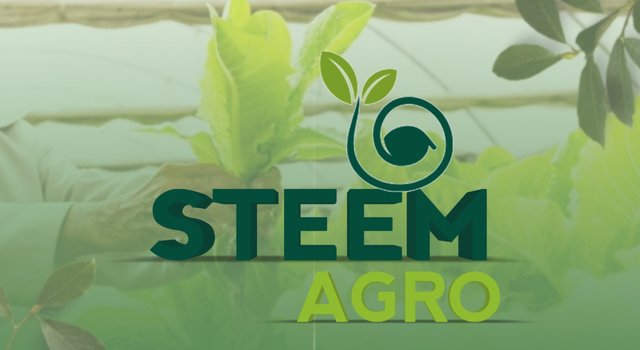Basic Knowledge in Agriculture #15
INTRODUCTION |
|---|
Greetings distinguished Steemians, I am humbled to be a part of this week's Steem-agro Contest: "Basic Knowledge in Agriculture #15". Posterity will never forgive me if I should fail to acknowledge my unbiased and esteemed leader @hive-118902 for always ensuring that Agricultural innovations are been brought to light through this platform.
Today, let's have a picture of a farm where there's no disease, pest, weed or any other unwanted plants. Imagine a system of agriculture where agricultural products yields at their maximum providing a continuous existence of Agricultural products despites odd climatic conditions.
All of which are foundation upon which this work built. Specifically, this work intends to cover the following areas
| The concept of Greenhouse in Agriculture | Types of Green House in Agriculture | Benefits of a Greenhouse in Agriculture |
|---|
The Concept of Greenhouse in Agriculture |
|---|
In other to get a vivid picture of what a greenhouse means, let me stress the fact that the definition of agriculture as the planting of crops and rearing of animals still remains concretized. Going by this, Greenhouse as the name implies refers to a structure/houselike building where the planting of crops takes place under customized condition. This building is designed in a manner that renders the activities of the farm independent of the immediate environment. With this, the temperature, humidity, ventilation, pest and diseases are all independent of the immediate environment.
The Types of Greenhouse in Agriculture |
|---|
The different types of Greenhouse in existence is a function of their Structural Design, Covering Material and Environmental Control and this enables the classification of greenhouse into three distinct types.
In this first classification, the way the green house is built is always used to describe it. Here there are several types which includes;
a. Lean-to-Green House:
This is a type of Greenhouse that is attached to a main building. Here, one of the walls is always connected to an existing building. Though it is an ideal greenhouse for small scale farming, it serves space and materials and makes it cheaper to practice
b. Even-Span Green House:
This is the opposite of Lean-to-Green House as the building is an independent building of its own. It is not attached to any building unlike the Lean-to-Greenhouse. Though it consumes space and materials, it promotes good ventilation and is ideal for commercial purposes.
c. Uneven-Span Green House:
This is a type of Greenhouse similar to the even greenhouse as it is not attached to any building. However, it differs from Even-Span due to its complicated structural design and it is ideal for sloppy terrain.
d. Ridge and Furrow Green House:
This is a type of green house that are connected together through gutter.thus forming a continuous growing space. This type of Greenhouse reduces land use while supporting large scale/commercial farming.
In this second classification, the materials used in construction of the Greenhouse is always used for classification. Under this classification we have the following;
a Glass Greenhouse:
This Greenhouse enhances the highest light transmission thus, enabling light to enter the house effectively. This type of structure is known for its durability however, it is highly expensive to construct and it is suitable for crops that needs maximum sunlight. Example of such plants includes: tomatoes and pepper
b. Plastic covered with PVC Greenhouse:
Unlike the glass Greenhouse which enables excess light transmission, this Greenhouse is designed using plastic materials and Polyvinyl Chloride (PVC). It has a shorter lifespan when compared to glass and at the same time cheaper to plant.
c. Net Fabric Greenhouse:
In this type of greenhouse, light intensity is reduced while air circulation is enhanced. This type of Greenhouse is suitable for ferns and lettuce plants. In this construction, the covering is made of substances that allows light intensity but not as the glass Greenhouse.
a. Natural Ventilated Greenhouse:
In this type of Greenhouse, natural air flows into the greenhouse and this reduces economic waste and conserves energy has nature supplies ventilation for the green house.
b. Fan and Pad Greenhouse:
The best way to describe this green house is by considering a very hot weather where plants needs enough ventilation. Here, fans pull air through air pass and this helps in cooling the greenhouse effectively thus favouring high productivity.
c. Heated Greenhouse:
To best way to understand this type of Green House is by considering a very cold climate where heat is needed to help high plant productivity. Here, energy from heater , electric stove, heater or geothermal is used to provide heat in powering the house. It increases productivity and in the process consumes resources.
d. Automated Greenhouse:
This is a modern Greenhouse where electronic and digital devices are used to control and monitor the temperature, humidity and soil moisture so as to reduce human labor. This is widely used in commercial farming.
The Benefits of a Greenhouse in Agriculture |
|---|
Basically, the are many benefits of Greenhouse agriculture and some of them include;
- The continuous existence of Agricultural products despites odd climatic conditions. With this since the green house is always configured, it is possible to find a rainy season crop flourishing in the dry season.
- Isolation from external pest and diseases. In this situation, it is difficult for pest and disease to move into the farm.
- It enhances maximum yield of Agricultural products.
- It reduces human labour and enables quality productivity.
- It is water conserving has some greenhouse conserves it's water via recycling
Limitations of the Greenhouse |
|---|
Despites the numerous benefits of Greenhouse agriculture, they are certain limitations tending to cause distractions and limitations. These may include;
- It is difficult to start up as it requires lots of capital.
- It consumes space when compared to the normal open field farming.
- Since most the equipments here uses energy, it may likely consume energy.
- It is also expensive to manage since it requires a constant routine checks.
Permit me to end this work by inviting the following Steemians who may have better contribution to make on this topic to please join the contest.
| @dwings | @nsijoro | @basil20 |
|---|
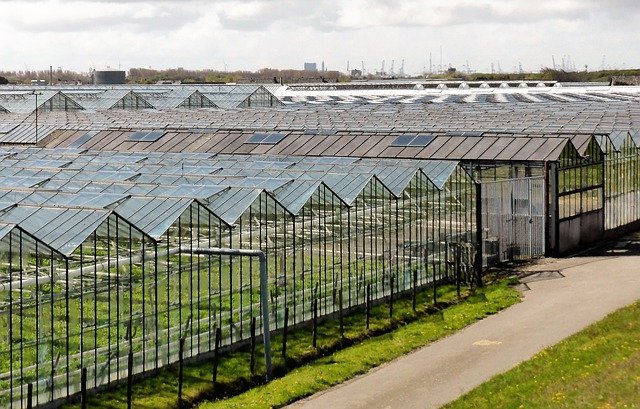
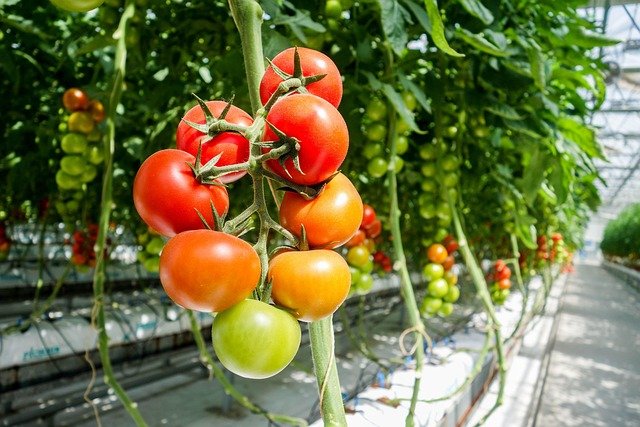
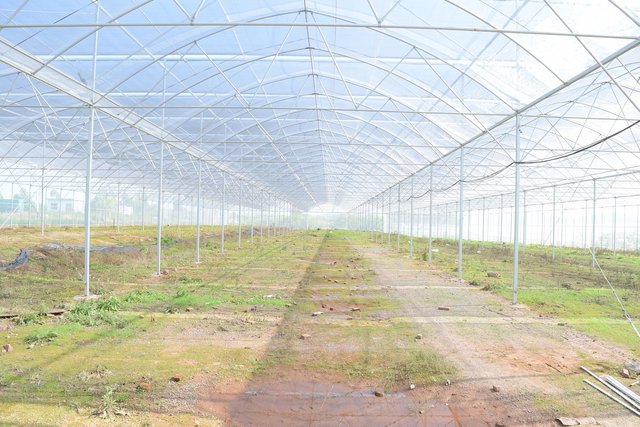
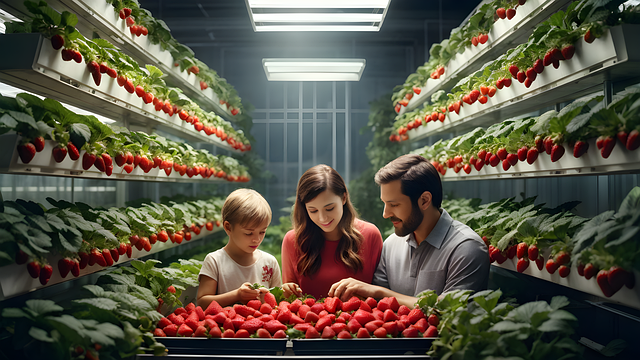
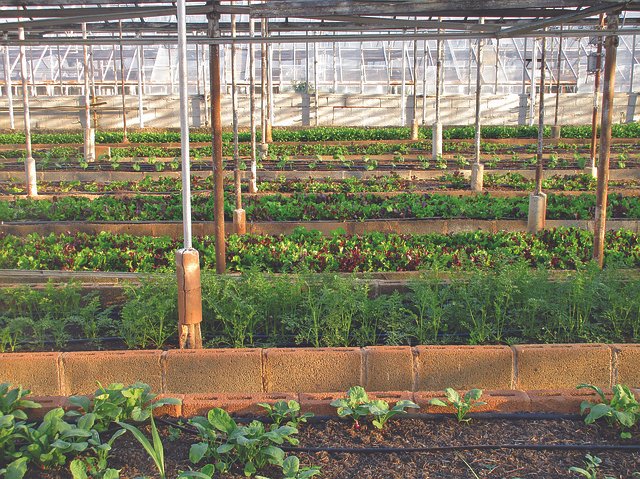
Upvoted! Thank you for supporting witness @jswit.
Welcome to steem-agro!
MODs Comment/Recommendation:
A quality post with good markdowns, you have made a very interesting post on greenhouse, with the types listed m
Remember to always share your post on Twitter using these 3 main tags #steem #steemit $steem
